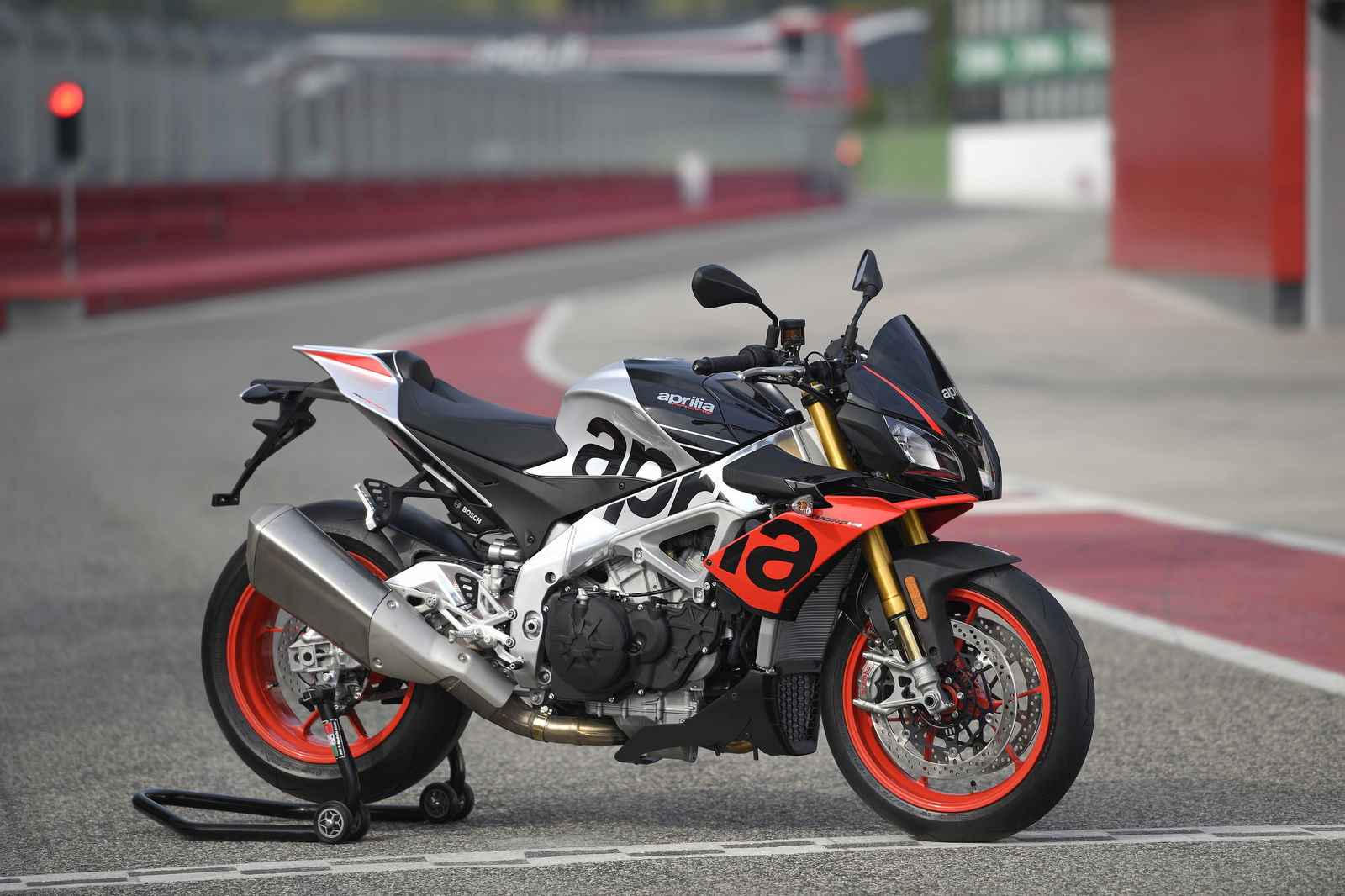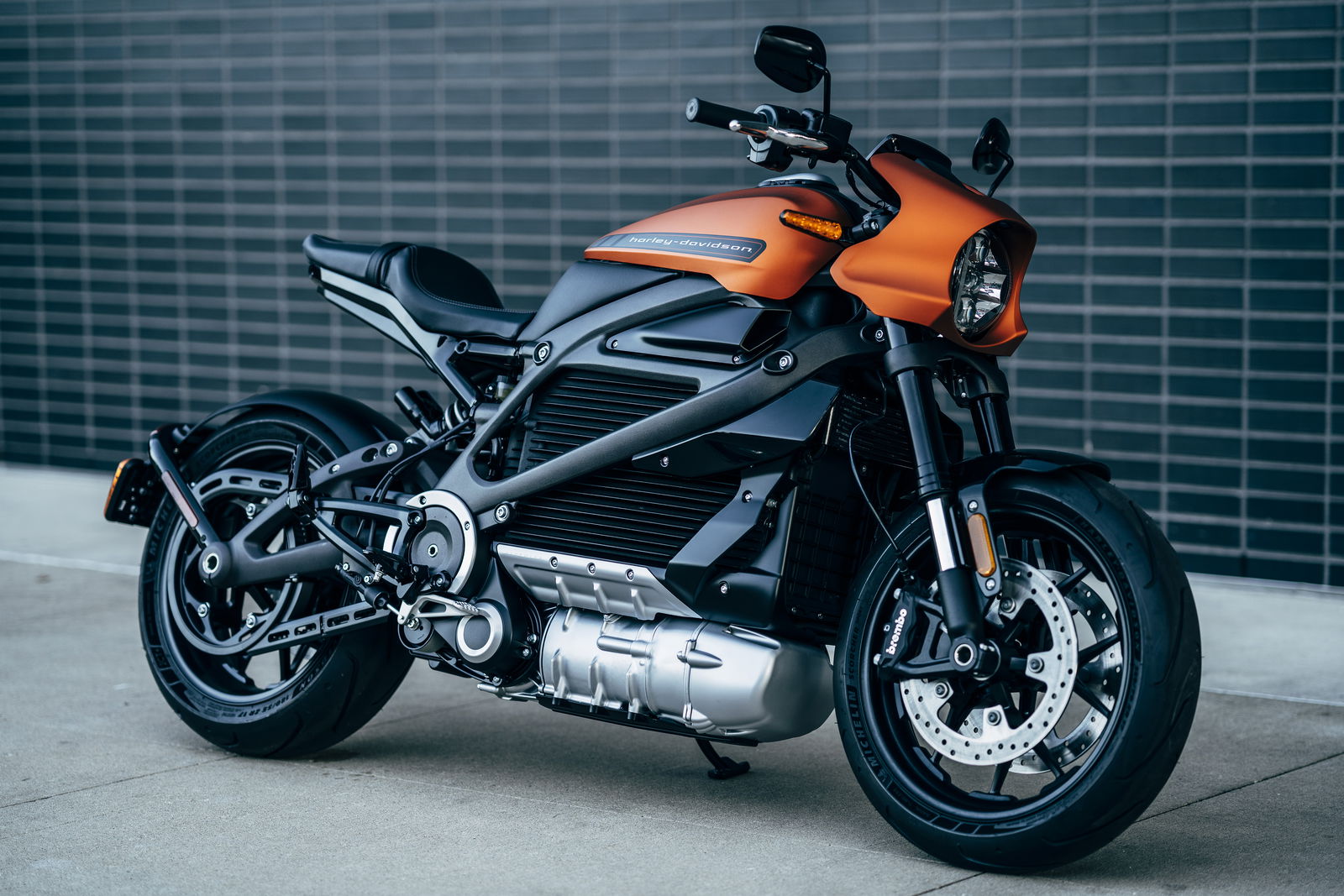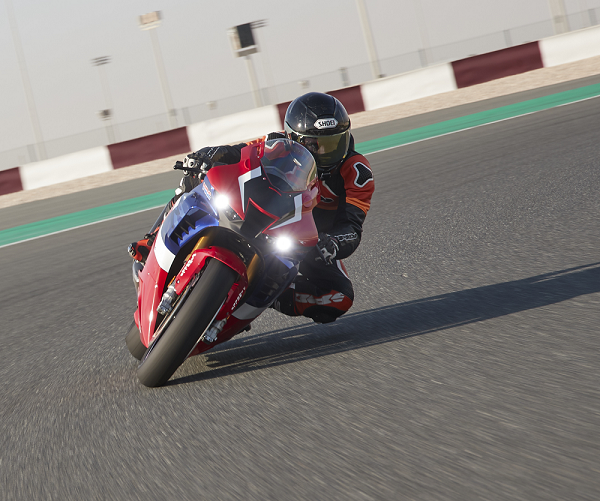Exclusive interview with Arc Vector CEO: EICMA 2018
An exclusive interview with ARC's CEO as well as all the stats, facts and specs of the UK's most exciting electric motorcycle

As one of the first motorcycle news outlets to report on the Vector, we were eager to head to the launch at the EICMA show for a chat to the CEO, and the team behind the bike. Before we get to the interview though, we thought we'd bring you some of the highlights of the bike that the team hope to have ready for next summer.
The Arc Vector's full spec can be seen at the bottom of the page.
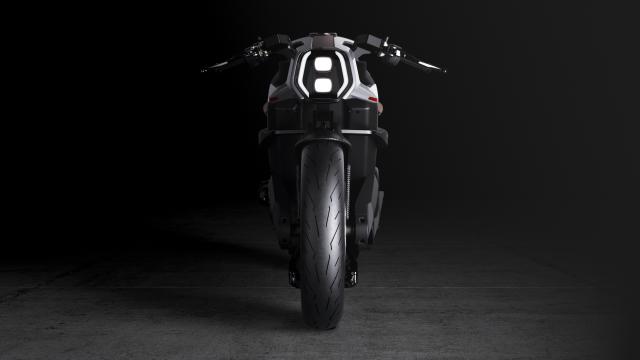
Range:
The biggest criticism of electric bikes is lack of range, and for the most part it’s true. Up till now, electric bikes don’t have the range to fight on the same level as petrol powered bikes. That could be all about to change though as Arc are claiming that the Vector will have a range of 270 miles, putting it on a par with my long-term test bike, the Honda Africa Twin Adventure Sports. And that has a 24-litre tank. To put that into perspective, the biggest player in the mass-produced, electric bike world is currently Zero motorcycles and the most you’ll be able to get out of one of those in the real world is 160 miles around town and about 80 miles on open roads.
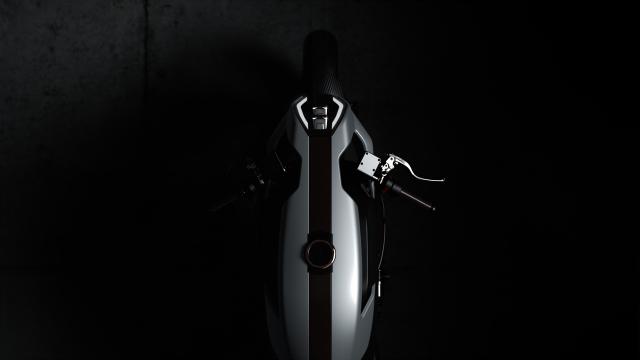
Recharge:
And then, when you’ve emptied the electrons from the tank and need to refuel, most electric bikes will take a couple of hours, at best, to charge back up - even longer if charging from your home electricity supply. If Arc’s claims are true, you can expect the Vector to go from empty to full in around 45 minutes, making longer journeys much more viable.
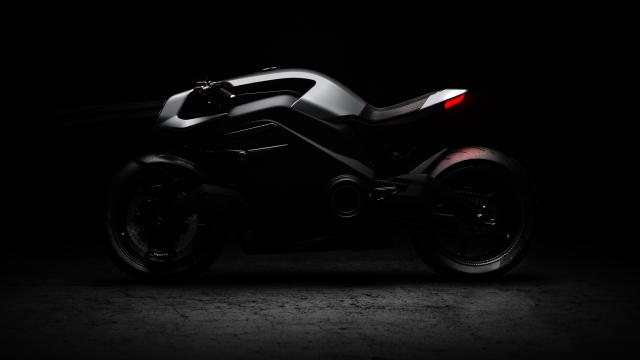
Interview:
One of the interesting features of the bike is its front end. Hub-steering has been tried for several years with limited mainstream success. The Tesi 3D, Yamaha GTX1000 and the ELF hub-steering race bike all played with the idea but a vague steering and the lack of front-end dive under braking translated to the rider as a lack of feeling at the front of the bike.
We sat down for a chat with Marc Truman, the company’s CEO, to see how his bike would get around this.
“Most people that do a front swingarm go for this anti-dive, holy grail. And [not feeling any dive] that’s something we aren’t used to. We’ve all been riding motorcycles since we were knee-high to a grasshopper and that’s what they do.
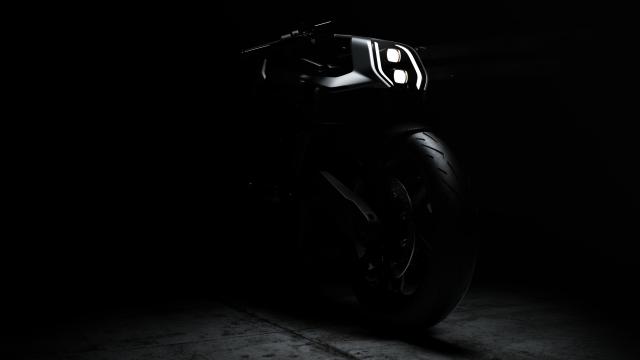
“So, we have created a pro-dive geometry. So then, why do it? There are other great things about forks: when you go over a bump or when you brake, the wheelbase reduces. That means at the point that you want to turn the bike it’s more agile and nimble because it’s got that shorter wheelbase. On a normal front swingarm where the pivot is higher than the front wheel centre, [in the same situation] the wheelbase increases, making it more difficult to turn the bike.
“The trail on a bike also reduces when a front end with forks dives, so it does on our bike as well. So we have all the characteristics of forks there, except it takes 30% more energy to compress the front end by a given amount than it does with forks. So you never end up in the situation where your forks have bottomed out, and now you need to turn in – and you fall off.
“So, in avoiding that situation we can also spring the bike more softly because of that increased force it takes and for the same performance you get a more comfortable ride when just riding normally.
“The lack of forks also means we can run a steering angle of 18.5-degree, helping to improve agility and the way the bike turns in to a corner.
“What we’ve done with the front end isn’t brain surgery, they’re really simple theories."
We'll be bringing you more insight into the project in the coming days including a rundown of the haptic technology in the riding jacket, the HUD in the helmet and chat with the man behind the investment.
Stay tuned.
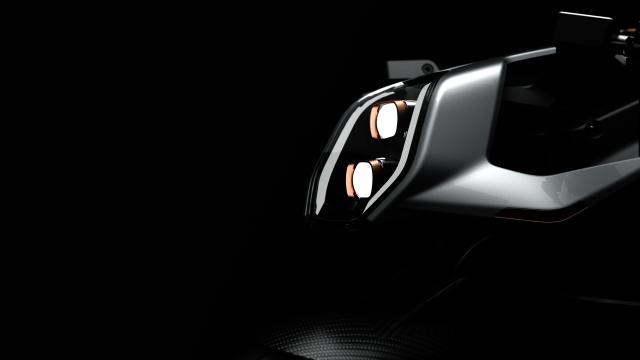
Arc Vector Specification
Build Volume | 399 |
Maximum Power | 103 kW (138hp) |
Maximum Torque | 85 Nm at Motor, 397 Nm at Gearbox Output Sprocket |
Battery Capacity | 16.8 kWh (Samsung Battery Cells) |
Mass | 220 kg |
Top Speed | 125mph |
Range | 200 miles |
Charging Time | 30 minutes (CCS Rapid Charging) |
Frame | Carbon Fibre Monocoque |
Front | Suspension Hub-Centre Steering, Carbon fibre swing arm, Öhlins ILX36 mono-shock, 110mm wheel travel |
Rear | Suspension Carbon fibre swing arm, Öhlins TTX36 mono-shock, 110mm wheel travel |
Brakes | |
Front | Brembo Stylema 4-piston monobloc calipers with 320mm floating discs |
Rear | Brembo 2-piston caliper with 240mm disc |
ABS | Continental Advanced ABS with IMU |
Front Wheel | BST Black Diamond 5 carbon fibre wheel 120/70 ZR17 Pirelli Diablo Rosso Corsa II |
Rear Wheel | BST Black Diamond 5 carbon fibre wheel 180/55 ZR17 Pirelli Diablo Rosso Corsa II |
Seat Height | 840mm Wheelbase 1438 mm Rake 18.5° Trail 100mm |
Connectivity | Wi-Fi and Bluetooth protocol across motorcycle, cell phone, helmet and jacket Haptics |
ARC ORIGIN JACKET | (co-engineered with KNOX), with 8x high-definition haptic transmitters HUD ARC |
ZENITH HELMET | (co-engineered with HEDON), with wave-guide projection HUD Riding Modes Road, Rain, Sport, Track, Eco and Euphoric Zero-60mph Under 3.1 seconds Voltage 399 units Price Starts at £90,000 |
